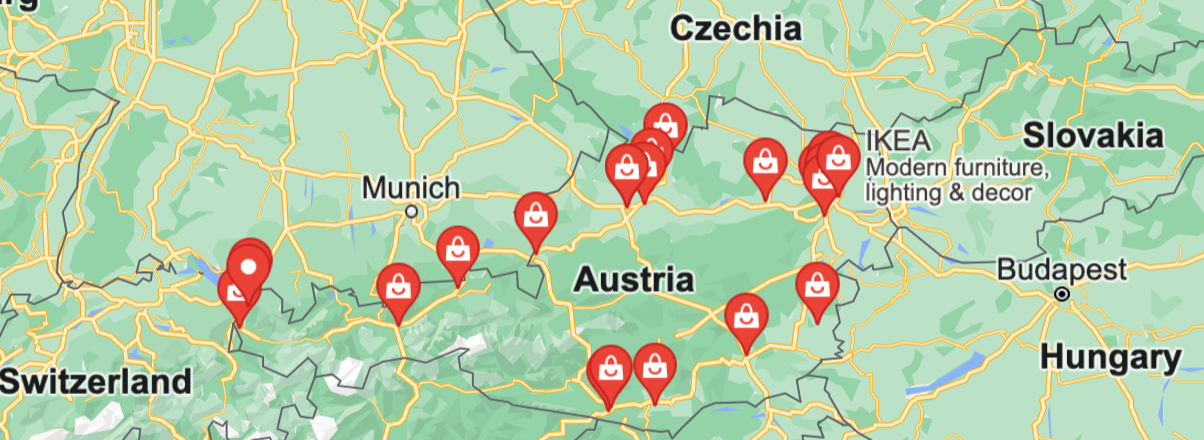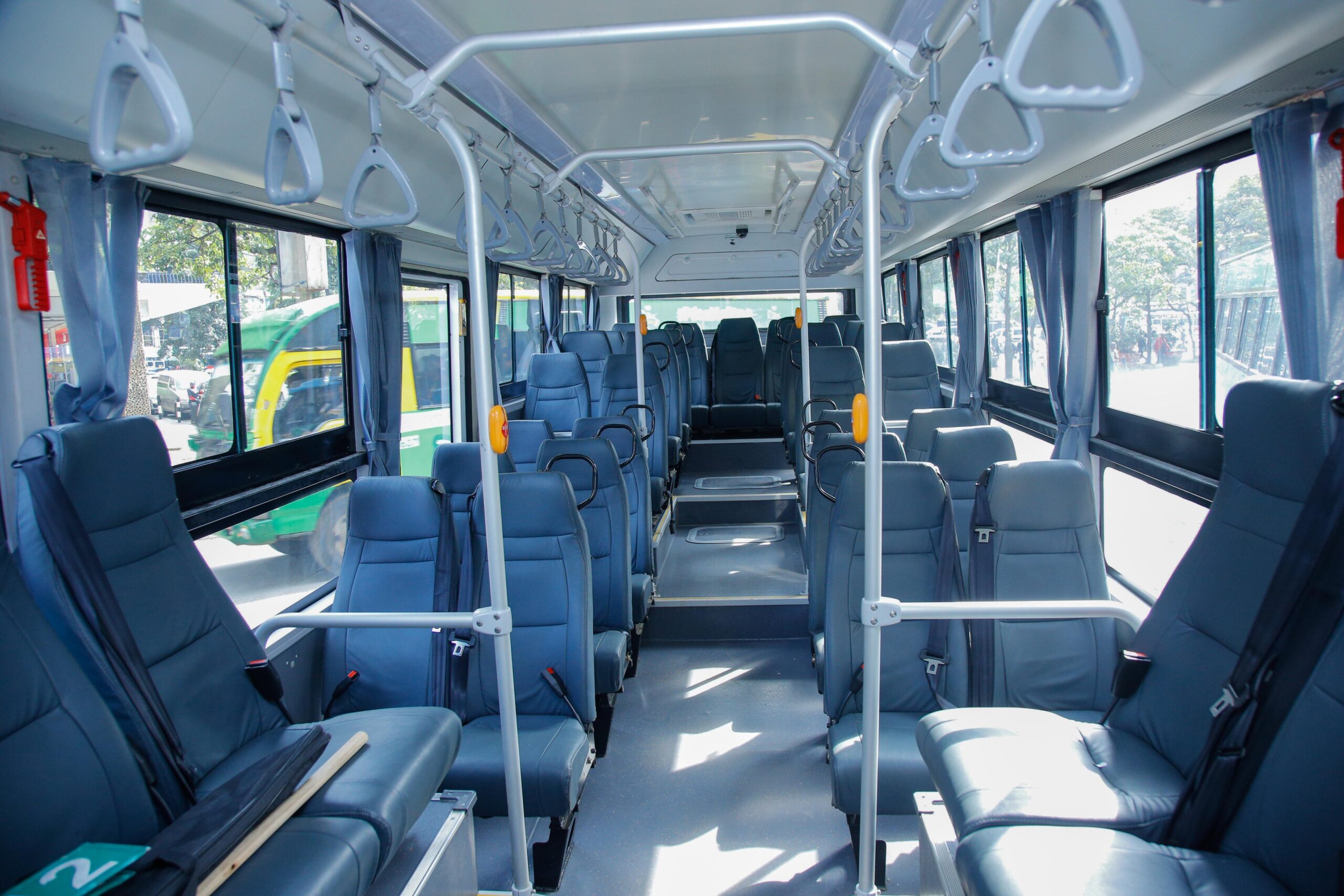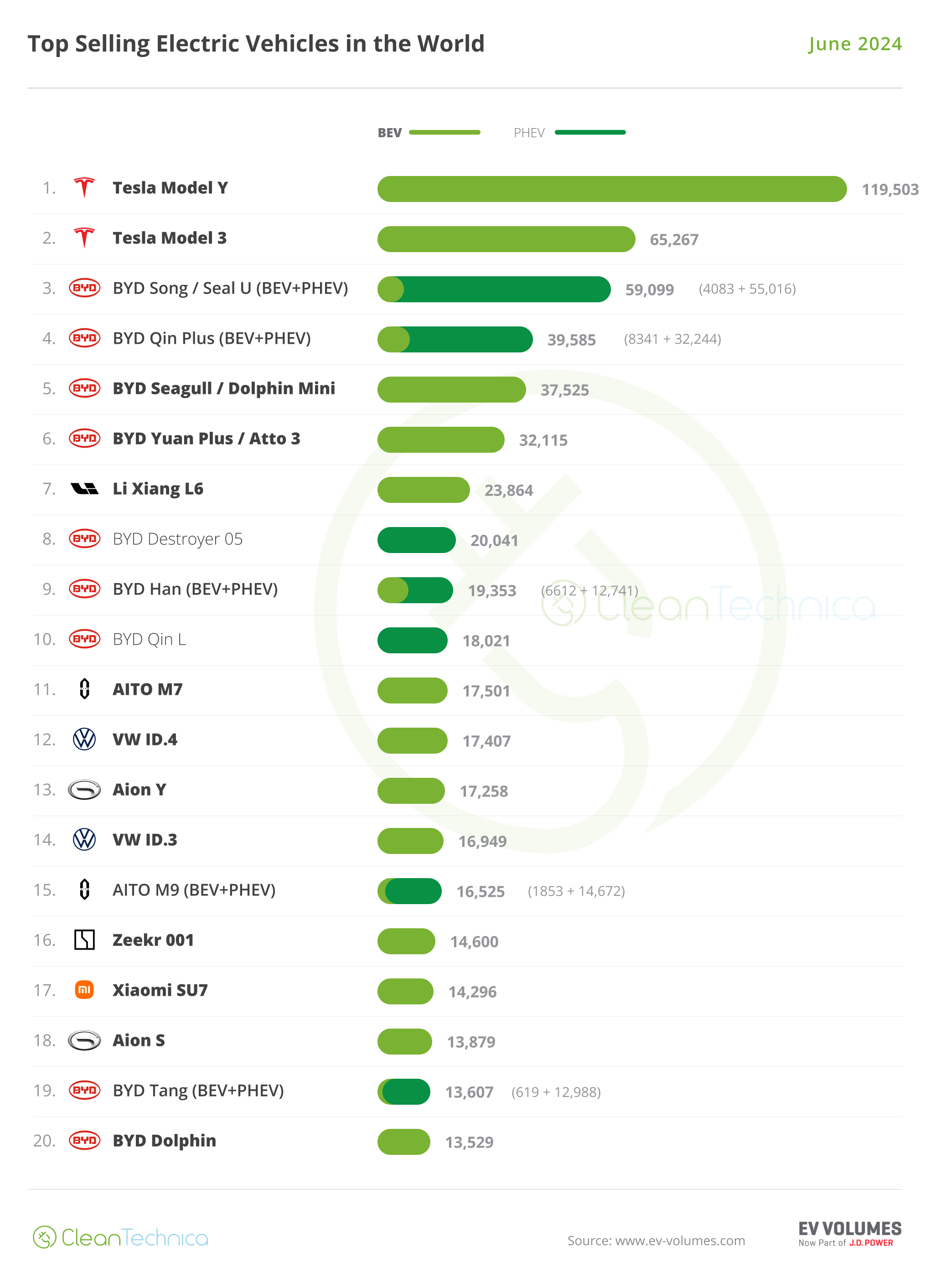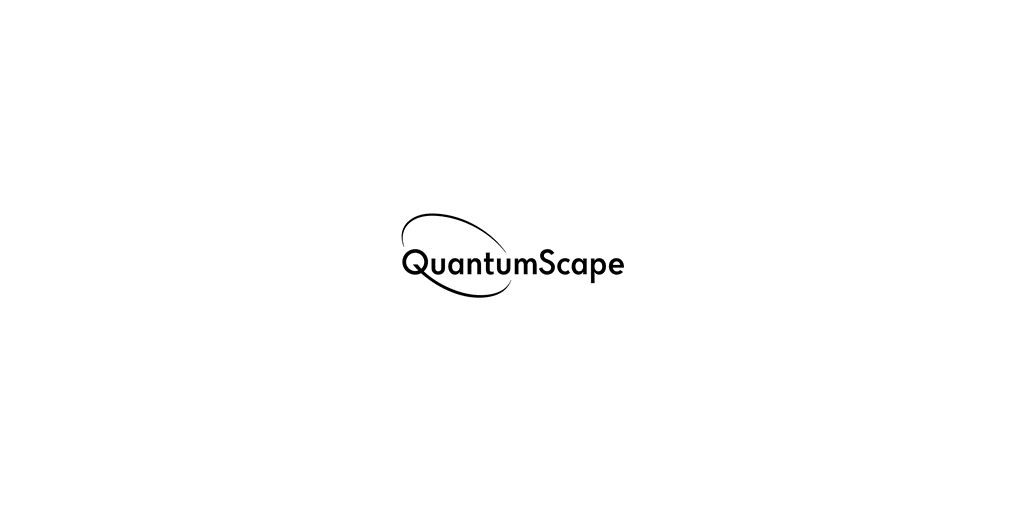Sign up for daily news updates from CleanTechnica on email. Or follow us on Google News!
Recently a hauntingly familiar headline crossed my screen: “IKEA introduces first hydrogen trucks because ‘battery vehicles do not have the range to deliver to remote areas.’” It had so many common signifiers included in so many headlines over the past few years. A major firm. An assertion of range problem. A niche market. And it will unfold as all of these things do.
IKEA, of course, is the Swedish flat pack furniture giant that loves to build huge stores that make people lose their sense of direction if they stray off the path, and lose reasonable portions of the contents of their wallets if they stay on it. And IKEA doesn’t like to deliver, begging the question about why it has trucks.
Really, IKEA doesn’t like to deliver. Its entire business model is nesting people with cars, inadequate time, and probably not enough money driving to their huge suburban boxes and trying to fit the results through doors, into trunks, and via windows. It delivers only as a last resort. And it doesn’t eat the pain or time of assembling its own furniture. That it downloads onto its customers as well.
But IKEA does, if you ask nicely and multiple times, fill in various forms and pay them money, deliver flat heavy cardboard boxes to buildings within driving distance of its stores. And it wants its deliveries to be carbon free. As a result, the company sensibly leaned into electric vans for its delivery fleet in Austria — 56 of them.
But IKEA ran into a problem. Apparently the company bought crappy, short-range electric vans and haven’t paid attention to advances in battery technology, or at least its Austrian arm did. And here’s where the story starts to bend oddly.
Austria, despite having German as its official language, isn’t a province of Germany, but it sure is hard to tell apart from one. And German provinces have an unusual relationship with hydrogen. The entire country has a massive chemical industry that loves the stuff and an automotive and trucking industry that keeps trying to find gases to power their cars and trucks long after the point when it was clear that batteries were good enough for the job.
And as a result, Germany and its provinces and its not-really-provinces like Austria keep trying to make hydrogen make sense for transportation and energy. And the assembly keeps trying to pretend that electrochemistry isn’t advancing battery technology absurdly rapidly. The combination makes for some deeply weird choices.
As a result of this confluence of semi-rationality and good intentions, the Austrian arm of IKEA bought five whole hydrogen-powered, sub-7.5 metric ton vans, with ranges of a massive 400 kilometers on a single highly compressed tank of the gas.
Wait. 400 kilometers? There are currently electric cars that weigh 2-3 tons that have ranges of well over 500 kilometers on a single charge. And the Tesla Semi fully loaded has a proven range of 800 kilometers. What’s with these vans requiring hydrogen to make shorter distances?
Errrr… good question. IKEA bought crappy short-range, electric urban delivery trucks from German firm Quantron, trucks with a range of up to a terribly light 170 kilometers. Have you ever heard of this firm? I hadn’t, and I do pay some attention to electrification of transportation. Apparently the firm can’t build a decent electric truck.
But it can build fuel cell trucks, and for no apparent reason has a lock on IKEA’s Austrian division. Quantron is the manufacturer which sold IKEA the five fuel cell trucks, despite being incompetent to build an electric truck with remotely competitive range. Some IKEA manager must be related to the Quantron salesperson, because a 170 km electric van being considered a remotely credible choice in 2023 is hard to fathom.
The firm has been around in one form or another for about 130 years, starting out with horse-drawn carriages in the late 1890s. It’s never been big, and it still isn’t, with €23 million in revenue a couple of years ago. Why the heck is IKEA with its global footprint and €41.9 billion in revenue throwing money at this tiny firm that can’t build decent range electric trucks, and then doubling down with more money for fuel cell trucks? As noted, bad purchasing decisions based on something like familial relationships are the only thing that can explain it.
Let’s look at Austria for a minute. Its capital is Vienna, home of the tower with the revolving restaurant and the water park with polished round rocks rotating in gyres. And despite Strauss, the Danube that flows through it isn’t blue, it’s brown or at best a somewhat toxic green. It’s the most polluted river in Europe more often than not.
The entire country is smaller than the relatively small US state of Maine, about 280 kilometers by just under 600 kilometers. Clearly the absurdly low 170 km range of Quantron’s vans won’t cut it. But, umm, how exactly does the 400 km range of the fuel cell trucks make any difference? Apparently there are multiple IKEA locations in the country, so where exactly is anything out of range of 170 kilometers of electric truck?

Map of IKEA’s Austrian locations courtesy Google
Is it that Austria, uniquely among European countries, doesn’t have electric vehicle charge points with fast DC charging? No. As of 2022, there were around 22,000 charge points in the small country, with a lot of them being fast DC charging.
Is it because Quantron doesn’t have fast DC charging on its low-range vans? Yes, that would appear to be the case, with limits of 60 kW. Its big trucks, which it probably moves three of a year, can support 350 kW, but the stuff it is peddling to IKEA? Slow charging.
Is it because there are hydrogen fueling stations everywhere? Well, no. According to a site which keeps track of these things, there are only seven hydrogen refueling stations in the country, which really makes me wonder about a logistics vehicle’s actual time savings compared to slower charging.
Is it because hydrogen is magically cheap in Austria? Well, no. According to a site which keeps track of these things, Austrian stations are all charging €23.99 (US$34.58) per kilogram right now. Electricity is about €0.24/kWh as the price for households. On an electrons to electrons comparison, it’s easily twice as expensive per 100 kilometers. The extra cost for drivers who have to go a long way out of their way instead of just having the vehicles charge up in the IKEA parking lot overnight will also burden the cost case.
Is it because the fuel cell trucks will be a lot cheaper than the battery-electric trucks? Well, no. Per the Cambridge University Centre for Sustainable Road Freight in Europe, fuel cell trucks cost three times what current internal combustion trucks cost, while battery-electric ones only cost twice as much from European OEMs. So in addition to costing two to three times as much to operate, they are more expensive to buy as well.
Is it because the OMV wasserstof (hydrogen in German) stations in Austria are full of sparkling green hydrogen while the electrons out of the wall are filthy? No, OMV is an oil and gas firm that makes hydrogen from natural gas. It’s entered into an agreement to do carbon capture in the future, but right now the hydrogen is black. Meanwhile, the country’s electricity is three-quarters from renewables, including hydro, solar, and wind. The last coal plant closed in 2020. If they made the hydrogen from green electricity and water, the cost per kilometer would be three times as much, as would the greenhouse gas emissions per kilometer.
Is it because the Austrian government threw €4.8 million at the project? That certainly didn’t hurt, but think about it. Five small vans. Almost a million euros per van from the government? What governmental bürokrat thought that was a good deal?
Announcements like this one from the Austrian arm of IKEA follow a predictable pattern. Someone in the corporation working with a vendor who just wants to make a big ticket sale makes a bad decision. They are supported by firms like OMV whose entire business model is collapsing. A vortex of stupidity sucks money out of the corporation and into the vendor’s and OMV’s pockets. A press release announces the wonderful news of a new hydrogen-for-energy solution. After running for a couple of years, the firm realizes that it’s been duped, realizes that battery-electric or grid-tied electric vehicles from actually competent suppliers are much cheaper to buy, much cheaper to operate, and have all the operational characteristics required for the job. And they stop buying hydrogen vehicles, usually ditch the ones that they have prematurely, and commit to battery- and grid-tied electric for the future.
Mostly they don’t promote their errors, so hydrogen fan bois and grrls only see the initial announcement, ignore that the firm has 11 times as many battery-electric vehicles in the first place, and have their deep and abiding biases confirmed. Lower Saxony (an actual province of Germany, unlike Austria, and one that’s north of Saxony-Anhalt and Saxony for some reason) is a rare exception, as it actually admitted that it had been sucked into the vortex of stupidity and announced that wasserstof trains were a thing of the past for it.
What is happening globally is what happened in the southern German province of Baden-Württemberg. Spreadsheet jockeys did the simple math above before getting sucked into the vortex of stupidity, realized that the total cost of ownership for wasserstof rail was three times as high, and wisely avoided the vortex entirely. Most of the time that doesn’t get press releases either.
The result is the appearance of a lot of hydrogen-for-energy plays going forward, when in reality almost none are, and the ones that start spiraling into the vortex figure that out after a couple of years and quietly abandon the wasserstof ship.
IKEA will figure it out, just as everyone who goes down this pathway does. It’s remarkable that people keep making the mistake when it’s so obviously a mistake with tiny amounts of number crunching and the slightest awareness of battery energy density improvements.
Have a tip for CleanTechnica? Want to advertise? Want to suggest a guest for our CleanTech Talk podcast? Contact us here.
EV Obsession Daily!
I don’t like paywalls. You don’t like paywalls. Who likes paywalls? Here at CleanTechnica, we implemented a limited paywall for a while, but it always felt wrong — and it was always tough to decide what we should put behind there. In theory, your most exclusive and best content goes behind a paywall. But then fewer people read it!! So, we’ve decided to completely nix paywalls here at CleanTechnica. But…
Thank you!
Tesla Sales in 2023, 2024, and 2030
CleanTechnica uses affiliate links. See our policy here.





